
views
Doing a Basic Grip
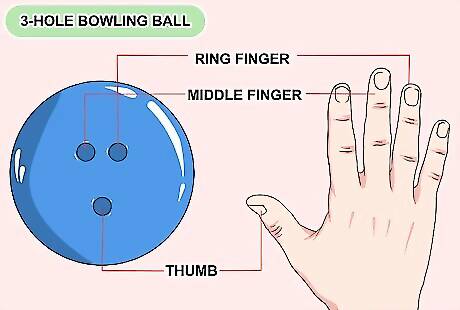
Insert your fingers into the ball. If you're using the popular 3-hole bowling ball, place your dominant hand thumb in the larger bottom hole and your middle and ring fingers in the two adjacent holes at the top.
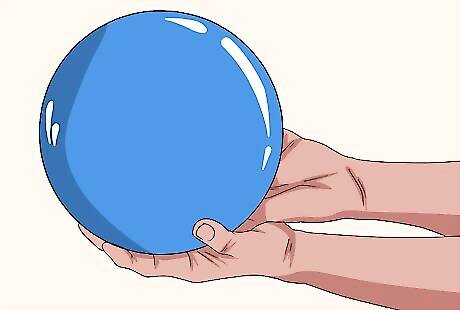
Use both hands to hold the ball. Rest the ball in your dominant hand, but use the support of your free hand to cradle the ball from underneath as you move towards the lane.This allows you to steady the ball and prevents you causing strain to your bowling hand.
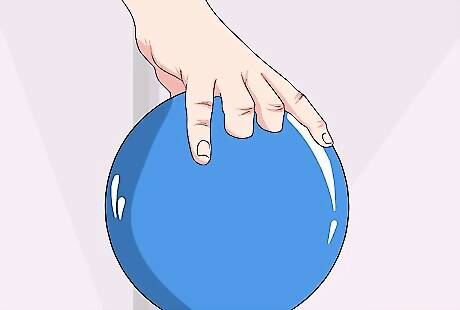
Grip the ball lightly. If your grip is too tight, you will not be able to release the ball smoothly, and this will negatively impact your aim. The ball should slide off your fingers with ease.
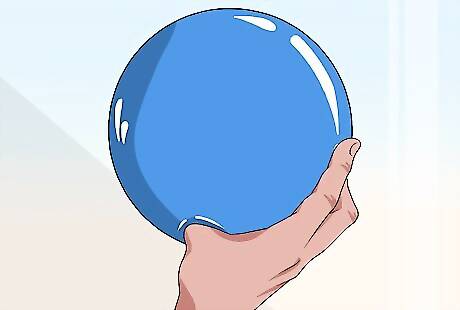
Test how far your hand stretches. Once fingers are comfortably positioned in the holes, you should be able to lightly fit a pen between the bowling ball and your hand. If the pen can lightly touch your hand, and the ball with ease, your grip is secure. Don't overstretch your hands, or grip bowling balls too tightly.
Trying Several Grip Styles
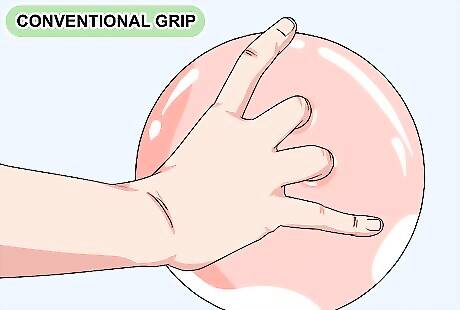
Try the conventional grip if you are new to bowling. Place your thumb in the bottom hole until your knuckle and your middle and ring fingers all the way into the two adjacent holes, past the second knuckle.This grip is the most common grip and is favored by both beginners and mid-level bowlers. It gives you the most control over the ball and feels most secure. While this grip allows for more control of the ball; it can prevent you from rolling a hook. A hook is when the ball runs down the ramp in a curve and has a better chance of hitting the bowling pins.This grip is best for beginners or those using in-house balls that are not specifically tailored to an individuals hands.

Try the fingertip grip if you're a more advanced bowler. Insert your thumb all the way into the bottom hole (much like the conventional grip), but only insert your middle and ring-fingers until the first knuckle.This grip is less secure and requires greater strength. However, it also allows you a greater chance of hooking the ball, and therefore striking all the pins. This grip is best for more experienced bowlers, who ideally have tailor made bowling balls that fit their hands properly.
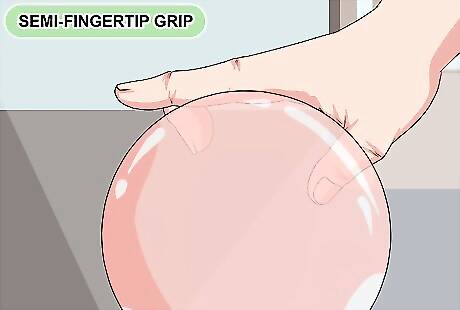
Try the semi-fingertip grip when you've mastered the previous grips. Place your thumb in the bottom hole until the knuckle, and your middle and ring fingers into the adjacent holes until the point between the first and second knuckle.This grip gives you more security than the fingertip grip, but also enough flexibility to hook the ball. This grip is for advanced bowlers, who can easily maneuver the conventional grip and the fingertip grip.
Releasing the Grip
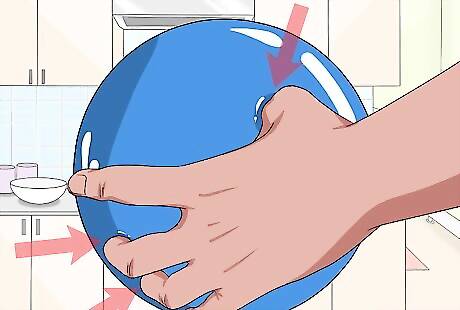
Position your fingers comfortably. Place your thumb into the thumb hole and remember that whatever grip you choose, it should go to the knuckle. Your thumb should grip the sides of the thumb hole lightly, lighter in fact than the finger holes.
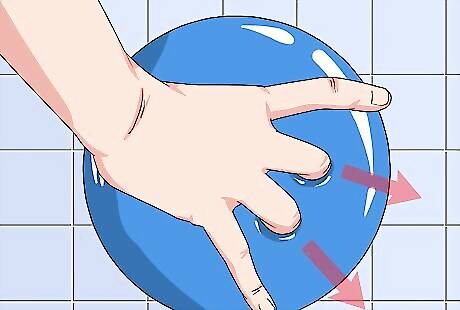
Loosen your grip. A loose grip will allow your fingers to exit the ball smoothly, and this will improve your aim. Your hands should always follow in the same direction as the ball, and your elbow should follow your bowling hand. Before releasing the ball, practice your swing a few times to ensure that your grip feels comfortable and consistent.
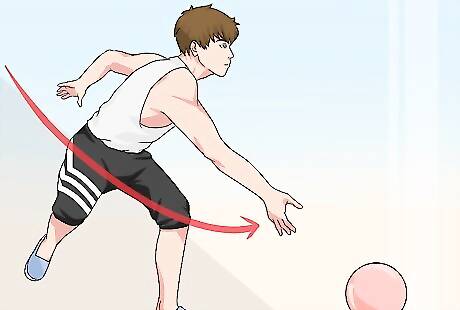
Release the ball with a push-away motion. Move your hands and left foot forward at the same time, bringing the ball up to chest height. Then swing the ball backward, and use this momentum to create a forward swing. Release your thumb from the thumb hole just before completing your forward swing. This release allows for rotation and will cause your ball to hook when it approaches the pins. At the moment your thumb releases the ball, it should be pointing towards the bowling pins.



















Comments
0 comment